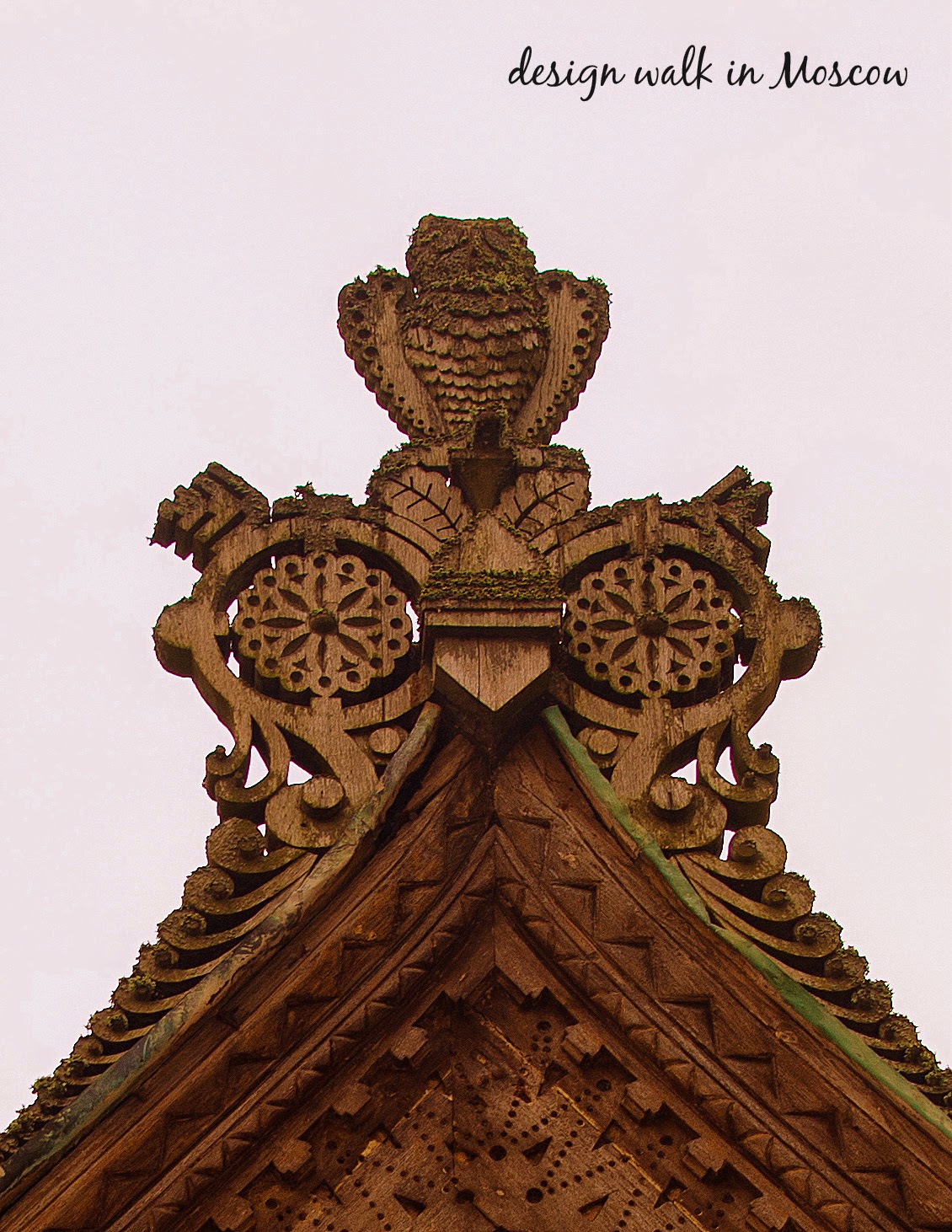About a month ago, I visited
Yaroslavl city located northeast about 260km from Moscow. Around that area, several old towns are dotted and this collection is named
"The Golden Ring" . To study Russian history, the Golden ring is very important, because it tells us the origins of Russia before Mongolians invasion in 13th century. Yaroslavl was officially founded in 1010 along the river Volga, developped by trading and became the biggest industorial city in the golden ring. Usually when I make a plan for a trip, I prefer a small quiet town. Yaroslavl city seemed not my taste, perhaps too big. However I have been interested in this city, because I see it every day in 1000ruble bills. Besides, Yaroslavl has a peculier state symbol,
the bear holding an ax.
もうひと月ほど前になりますが、地方都市
ヤロスラヴリを訪れました。ヤロスラヴリはモスクワより北東約260km、「黄金の輪」とよばれる古都群のひとつ。13世紀のモンゴル軍進入以前、12世紀ごろまでのロシア史を探る上で重要な一帯です。ヤロスラヴリは創設1010年、ヴォルガ川沿い交易の要所として発展し
、「黄金の輪」の中でも最大工業都市です。私は個人的にちいさな観光地が好きなので、ヤロスラヴリはちょっとテイストが違うな・・とは思っていました。・・でも毎日見ている1000ルーブル札に登場する場所、そして
州紋章の「熊さん」に惹かれて行ってみたくなったのです。
 |
Provincial symbols is the bear and the halberd
In legend, Yaroslav the wise killed the holy bear before founding the city |
After 4-hour- journey by train, there we saw the Kotorosl river flowing into the Volga river in Yaroslavl. Along the Kotorosl river, I found the lovely church with green domes, and just next to the church, there was the ugly factory with the smoking high chimney. This is Yaroslavl, the city of History and Industory.
さてモスクワより電車で4時間、見えてきました、コータラスリ川!ヴォルガ川と共に街を囲む川です。川沿いには緑屋根がすてきな教会、でもその真横には・・・・工場と白い煙を吐き出す煙突。
歴史と発展が交差する街、ヤロスラヴリ。
 |
The view from the train when we almost arrived in Yaroslavl.
The beautiful church and the Soviet style factory stand along the Kotorsl river. |
The city centre is quite small and comfortable for taking a walk, especially the pedestorian street and the greenery walkway along the river. The centre of tourist place is definitely
the Spaso-Preobrazhensky Monastery (founded in 12c), the oldest architecture in Yaroslavl. In the pictures, we often see the city view from its bell tower and the unsual spiky golden decorations on the roof. If you walk around the city, you would be surprised at the numbers of churches. I found another church every 2 minutes.
街の中心は小さいながらも、歩行者天国や河畔の散歩道はよく整備され、そぞろ歩きが楽しめます。観光の中心は、最古の建築、
スパソ・プレオブラジェーンスキー修道院(12世紀創設)。鐘楼より見下ろせる街の風景と、屋根上のトゲトゲの装飾が、ヤロスラブリの代表的な景色として有名です。また実際街を歩いて驚くのは、大小さまざまな教会の数。2分も歩けば、つぎの教会が見えてきます。
 |
| The Spaso-Preobrazhensky Monastery |
 |
| The Spaso-Preobrazhensky Monastery |
 |
| Church of Elija(1647-1650) |
 |
The rebuilt Church of Maria(2010)
and the monument of Holy Trinity
|
 |
| Dozens of churchs exist in Yaroslavl |
By the way, where is the church that we see in 1000ruble bills? Actually you've already seen it in my pictures. Yes, it was the church stands riverside next to the factory,
St.John Baptist church(1671-87) At last I arrived at the church and got a great impression of the beautiful Yaroslavl style architecture. It is featured
"the thick brick decorations" and "the multicolored tiles". Especially the exterior decorations around the window flames and the doors are amazing. I can't even imagine how long the masters spent time to complete this work.
ところで、あの1000ルーブルに描かれている教会って、いったいどこにあるのでしょう?実はもう写真に登場しています!最初に見た工場隣の素敵な教会だったのです-
St. John Baptist church(1671-87) この教会にたどり着き、ヤロスラヴリに残る美しい建築様式に気づいたときは、静かな感動を覚えました。それは
「重厚なレンガ装飾」と、「彩色タイル」。とりわけ窓枠やドア周辺の装飾は、一つ一つのパーツがたいへん手が込んでおり、職人の作業を想像すると気が遠くなります。
 |
| 1000ruble bill and St. John Baptist church(1671-87) |
 |
| The details of St. John Baptist church(1671-87) |
 |
| Interior of St. John Baptist church |
In Yaroslavl, the ceramic tile already appeared in 5-6th century, but it became popular business in 17th century. At that time, some marchants often took a business trip to the central Asia such as Bukhara and Samarkand and got inspired by luxurious ceramic decorations of mosques. Later they promoted the masters to create beautiful tiles as a fashion element of architecture. Therefore, Yaroslavl tile has a great variety of colors and design patterns. Each pattern symbolizes the special meaning from Russian poems or folk tales. For example, unicorn - prosperity, nightingale - youth,
bird Sirin - Motherhood and bird of paradise - a dream of a bright future. These tiles are often seen at the church in the city centre.
ヤロスラヴリでの
「彩色タイル文化」は17世紀ごろ花開いたそうです。交易が盛んだったヤロスラヴリでは、商人が中央アジア諸国と行き交う間にモスク装飾に影響され、タイル事業を推し進めたと考えられます。独特の多色使い・デザインパターンには、ロシアの詩や民話に由来する特別な意味があるとか。たとえばユニコーン=繁栄 ナイチンゲール=若さ、ロシア神話の
人面鳥=明るい未来。彩色タイルは、市中心の教会でもたくさん見ることができます。
 |
| Bogoyavleniya church(1693) |
 |
| Awesome tile work of Bogoyavleniya church |
 |
| Tile decoration of St. Ilijah church |
Since 2005, the historic part of the city has been on
the list of UNESCO world heritage, however it is pity that some historical sites doesn't look nice because of the careless preservation. In my personal impression as a foreigner, some of attractive spots are still hidden behind the industrial development. For example, I saw the city founder, Yaroslav's monument is trapped by too many electric wires, noisy traffic signs stand just in front of historic buildings, Soviet style factory is located next to the ancient church( it is another heritage from Soviet era though). How can we take good photos there? Also beautiful Yaroslavl tile is not much displayed even in the museum of the city history. This kind of situation is a bit dissapointing. If only we could get an English city guide, we would learn more about its history. Today, a lot of businessmen visit Yaroslavl from other countries, I hope that rich historical resourses will be utilized more for the tourist industry.
ヤロスラヴリの歴史地区は
2005年、世界遺産にも登録されました。それなのに残念に思うことは、歴史的遺産が産業化の影に隠れてしまっていること。外国人の私にはそのように見えました。たとえば街の景観。歴史的建築物やモニュメントの前に、無造作に設置された標識や電線。ソ連時代そのままの工場と歴史的建造物の隣り合わせ。(これもまた歴史ではありますが)せっかくの撮影スポットが台無しです。また歴史博物館の内容はほぼ工業都市としての発展についてであり、あの魅力的な彩色タイルは申し訳程度に飾られているだけです。またガイドブックなど外国語に対応したものは、見かけませんでした。商業都市として、訪れる外国人の数も多いでしょう。魅力的な観光資源がさらに生かされることを願います。
 |
| Some of historical sites are not in good situation. |


























































